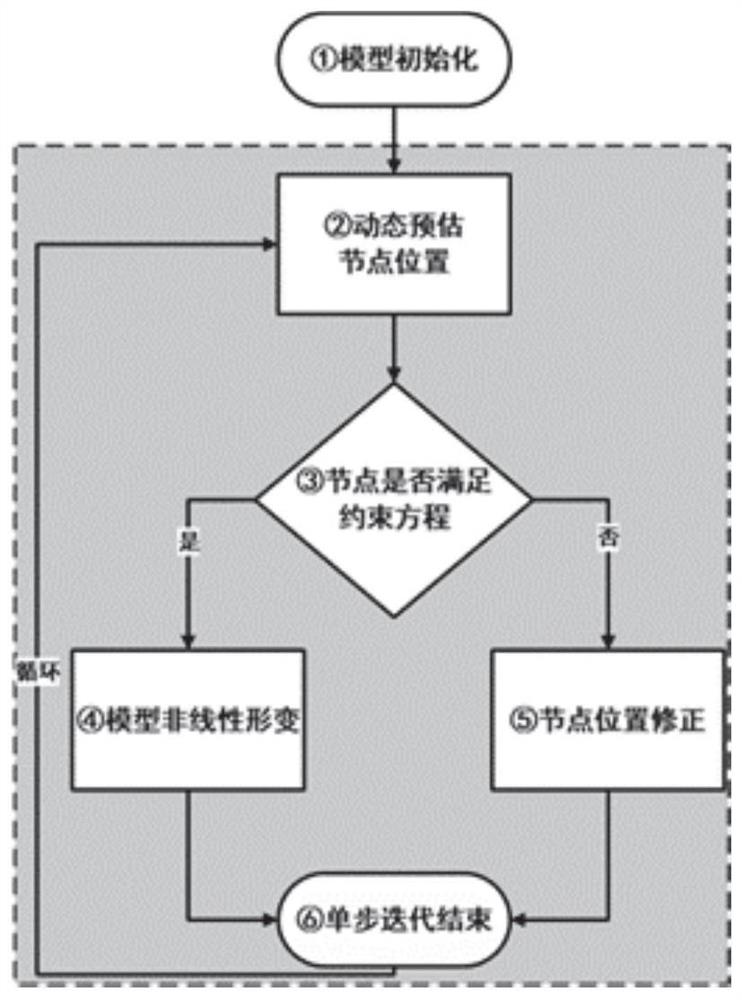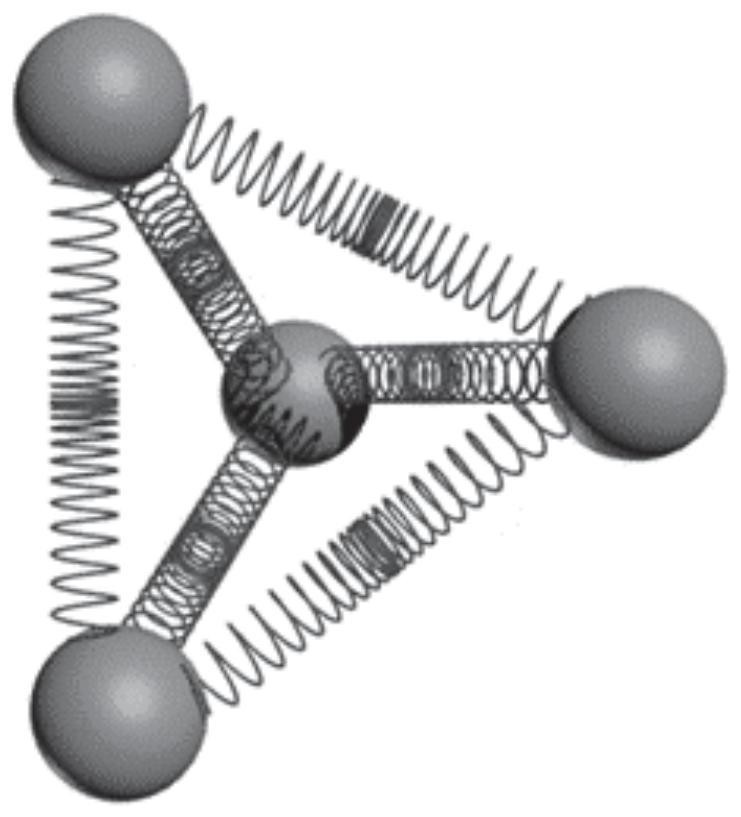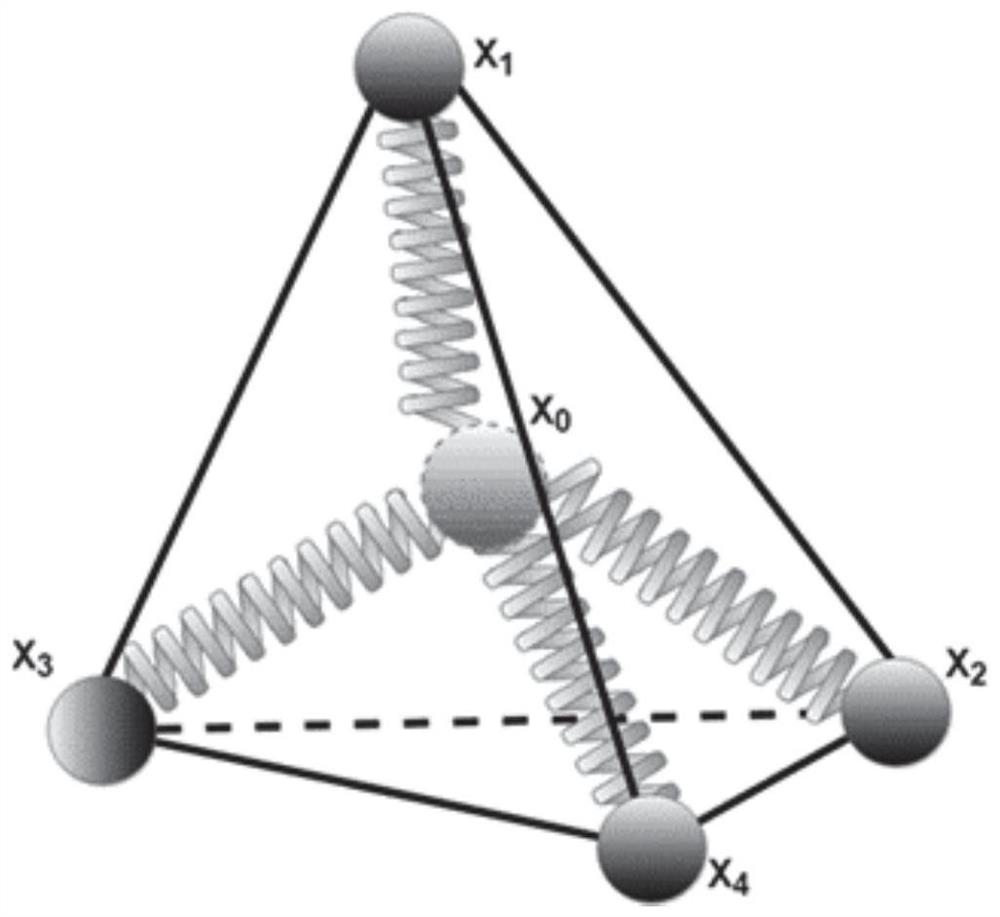A Soft Tissue Modeling Method Based on Position Constraints and Nonlinear Springs
A modeling method, soft tissue technology, applied in 3D modeling, instrumentation, complex mathematical operations, etc., can solve the problems of nonlinear volume retention, error, modeling method difficulty, etc., and achieve the effect of compensating for instability
- Summary
- Abstract
- Description
- Claims
- Application Information
AI Technical Summary
Problems solved by technology
Method used
Image
Examples
Embodiment Construction
[0059] The present invention will be further described below with reference to the accompanying drawings.
[0060] Soft tissue modeling methods based on position constraints and nonlinear springs, such as figure 1 As shown in the flowchart, the method steps include:
[0061] S1. Use three-dimensional modeling technology to build a soft tissue model for the collected medical image information, the model is as follows figure 2 and as image 3 shown consists of tetrahedral elements formed by nonlinear springs and virtual volume springs;
[0062] S2. Simulate the deformation behavior of the soft tissue model. During the deformation process of the model, the nonlinear spring makes the stress and strain of the model show a linear and nonlinear relationship. The virtual body spring can suppress the change of the model volume, and they will work together to simulate the biological behavior of the soft tissue. mechanical properties;
[0063] S3. Estimate the approximate position o...
PUM
 Login to View More
Login to View More Abstract
Description
Claims
Application Information
 Login to View More
Login to View More - R&D
- Intellectual Property
- Life Sciences
- Materials
- Tech Scout
- Unparalleled Data Quality
- Higher Quality Content
- 60% Fewer Hallucinations
Browse by: Latest US Patents, China's latest patents, Technical Efficacy Thesaurus, Application Domain, Technology Topic, Popular Technical Reports.
© 2025 PatSnap. All rights reserved.Legal|Privacy policy|Modern Slavery Act Transparency Statement|Sitemap|About US| Contact US: help@patsnap.com



